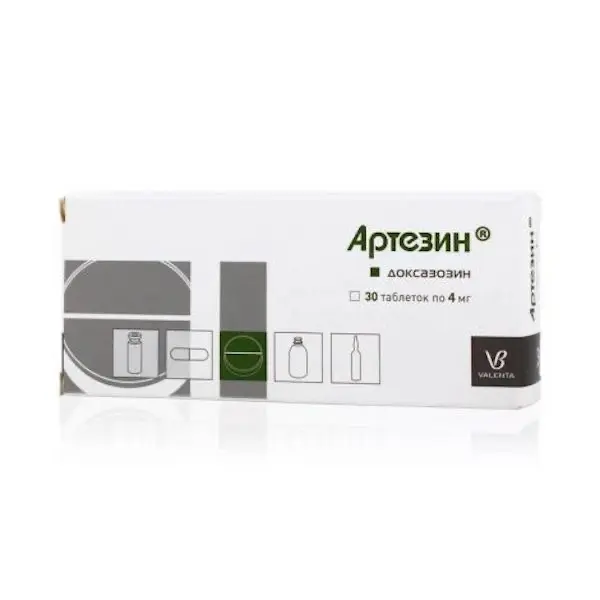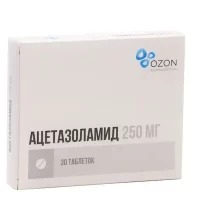Description
Felodipine Pharmacodynamics
Felodipine is a slow calcium channel blocker (SCB) used for the treatment of arterial hypertension and stable angina pectoris. Felodipine is a dihydropyridine derivative and is a racemic mixture. Felodipine reduces blood pressure (BP) by reducing total peripheral vascular resistance, especially in the arterioles. Conduction and contractility of vascular smooth muscle are inhibited by action on calcium channels of cell membranes. Due to its high selectivity for arteriolar smooth muscle, felodipine in therapeutic doses has no negative inotropic effect on cardiac contractility or conduction. Felodipine relaxes the smooth muscles of the airways. Felodipine has been shown to have little effect on the motility of the gastrointestinal tract. With long-term use, felodipine has no clinically significant effect on blood lipid concentrations. In patients with type 2 diabetes mellitus, when using felodipine for 6 months, no clinically significant effect on metabolic processes was observed. Felodipine may also be administered to patients with reduced left ventricular function receiving standard therapy and to patients with bronchial asthma, diabetes
diabetes, gout, or hyperlipidemia
Antihypertensive effect: The decrease in BP when taking felodipine is due to a decrease in peripheral vascular resistance. Felodipine effectively reduces BP in patients with arterial hypertension in “lying”, “sitting” and “standing” positions, at rest and during physical activity. Because felodipine has no effect on venous smooth muscle or adrenergic vasomotor control, there is no development of orthostatic hypotension. At the beginning of treatment, a temporary reflex increase in heart rate (HR) and cardiac output may be observed as a result of BP reduction during felodipine administration. Concurrent use of beta-adrenoblockers with felodipine prevents heart rate increase. The effect of felodipine on BP and peripheral vascular resistance correlates with the plasma concentration of felodipine. At equilibrium, the clinical effect is maintained between doses and the BP reduction persists for 24 h. Treatment with felodipine results in regression of left ventricular hypertrophy. Felodipine has a natriuretic and diuretic effect and has no potassium diuretic effect. Felfodipine reduces canstiatic reabsorption of sodium and water, which explains the absence of salt and fluid retention in the body. Felodipine reduces vascular resistance in the kidneys and increases renal perfusion. Felodipine has no effect on glomerular filtration rate and albumin excretion.
Felodipine in combination with angiotensin-converting enzyme inhibitors (ACE), beta-adrenoblockers and diuretics if necessary, reduces diastolic BP below 90 mmHg in 93% of patients.
The use of BMCCs, dihydropyridine derivatives as initial therapy followed by the addition of beta-adrenoblockers, if necessary, does not affect the rate of cardiovascular mortality compared to standard therapy with beta-adrenoblockers and/or diuretics.
For the treatment of arterial hypertension, Felodipine may be used in monotherapy or in combination with other hypotensive drugs such as beta-adrenoblockers, diuretics or ACE inhibitors.
Anti-ischemic effect: the use of felodipine leads to improved blood supply to the myocardium due to coronary dilatation. Reduction of the load on the heart is provided by reducing peripheral vascular resistance (reduction of the load overcome by the heart muscle), which leads to a decrease in myocardial oxygen demand. Felodipine relieves coronary spasm, improves contractility and reduces the frequency of angina attacks in patients with stable angina pectoris. At the beginning of therapy, a temporary increase in HR may be observed, which is stopped by prescription of beta-adrenoblockers. The effect occurs after 2 hours and lasts for 24 hours. For treatment of stable angina pectoris, felodipine may be used in combination with beta-adrenoblockers or in monotherapy.
- Inside, take in the morning with water. Tablets do not divide, do not crush and do not chew. The tablets may be taken on an empty stomach or with a small quantity of food low in fat and carbohydrates.
- Arterial hypertension
- The dose should be adjusted individually. The starting dose is 5 mg once a day. The usual maintenance dose is 5 mg once daily. If necessary, the dose may be increased or another hypotensive agent (e.g. a beta-adrenoblocker. diuretic or ACE inhibitor) may be added to Felodipine therapy. The drug is rarely prescribed more than 10 mg per day. The maximum daily dose is 10 g/day.
- Stable angina pectoris.
- The dose should be chosen individually. It is necessary to start treatment with a dose of 5 mg once a day, increasing the dose to 10 mg once a day if necessary. It may be administered in combination with beta-adrenoblockers.
- Use in elderly patients
- In elderly patients, the recommended starting dose is 2.5 mg. Renal dysfunction
- Renal dysfunction does not affect the drug concentration in plasma. There is no need to adjust the regimen in patients with impaired renal function, but caution should be exercised when prescribing the drug in patients with severe renal impairment (see sections “Caution” and “Cautions”). Impaired hepatic function
- In patients with hepatic impairment, increased plasma concentrations of felodipine may be observed, so a dose of 2.5 mg is usually sufficient (see section “Pharmacokinetics”).
- Children
- There is limited experience with felodipine in children under 18 years of age.





